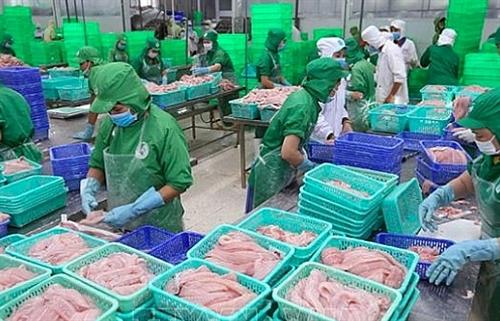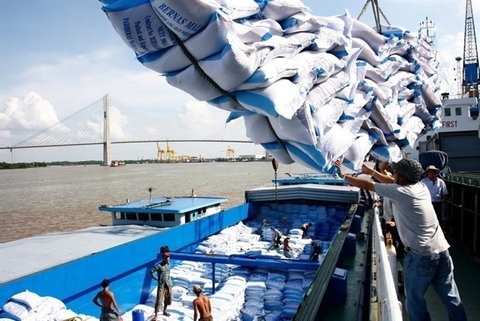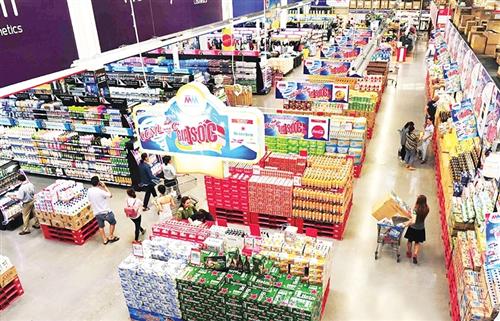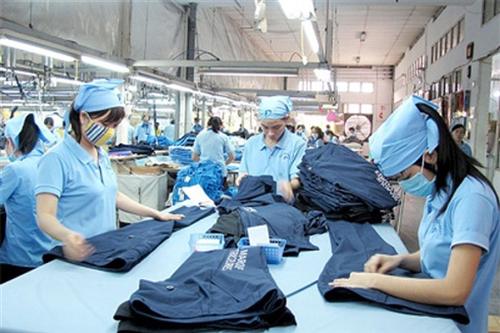For certain industries, most eggs are in one basket
For certain industries, most eggs are in one basket
The 2020 business prospects have become gloomy for a range of sectors in the economy as the Covid-19 epidemic in China has disrupted global supply chains. Vietnam is forecast to take the hardest hit due to its heavy dependence on the Chinese market, especially in tourism, farm produce, apparel and footwear industries.
The Prime Minister in a Cabinet meeting in Hanoi last Thursday called for urgent measures to ward off an economic slowdown triggered by the coronavirus epidemic. The move is deemed timely as numerous enterprises are feeling the pinch.
In reality, farmers and traders are crying aloud. They have found it impossible to find alternative outlets since trade with China came to a halt. Dragon fruit, watermelon, vegetables and even lobsters are crashing in prices while container trucks full of fruits are stuck in the nation's north, waiting hopelessly to cross the border into neighboring China now struggling with the fast spreading virus.
Tourism, needless to say, has been knocked down as all commercial flights between the two countries are on hold, delivering a blow to many local destinations popular to Chinese visitors.
Garment and footwear enterprises – among other industries – have reported similar circumstances as many domestic processing and production are running either out or short of materials as supplies from China have been disrupted.
In fact, numerous warnings have been given in the recent past over the high dependence on the Chinese market, but they have never been taken seriously. Local enterprises as well as State agencies have largely relied on China as a major supply and demand hub, taking little effort to diversify their sources.
Take farm produce as an example. In 2019, despite efforts to ship fruits and vegetables to new choosy markets, China remained the largest buyer, accounting for 65% of Vietnam’s total earnings of US$3.74 billion from such exports.
Overall, China is Vietnam’s biggest trade partner, with two-way trade amounting to roughly US$117 billion last year, accounting for 22% of Vietnam’s total. In this amount, Vietnam shipped US$41.4 billion worth of goods to China and imported US$75.45 billion worth, resulting in a trade deficit of US$34 billion, according to the General Statistics Office.
Imports of garments, footwear and accessories from China amounted to US$11.52 billion, making up 53.6% of Vietnam’s total import spending on such items, while imports of steel products were US$7.91 billion, accounting for 36.7%, and imports of electronic goods and machinery were valued at US$36.4 billion, or 32.2% of Vietnam’s total import value in this respect. Even for tourism, arrivals from China last year were 5.8 million, accounting for one-third of all international arrivals to Vietnam.
Such GSO data showed the extent of Vietnam's reliance on the Chinese market, which puts Vietnamese enterprises at risk in a time like this.
At the aforesaid Cabinet meeting, the Prime Minister called for quick steps to lessen the possible damage, since putting most of the eggs into a single basket must be avoided business-wise. “It is pivotal to restructure the economy, cut costs, and diversify markets,” says the Prime Minister.






















